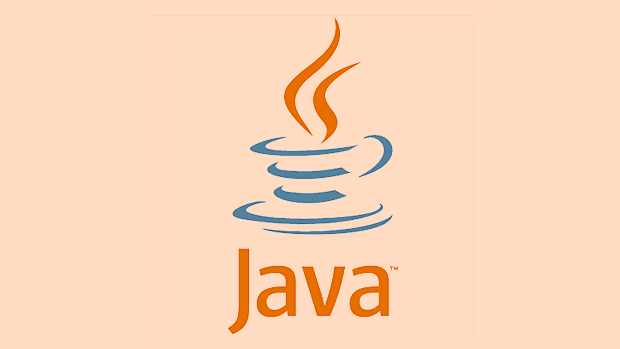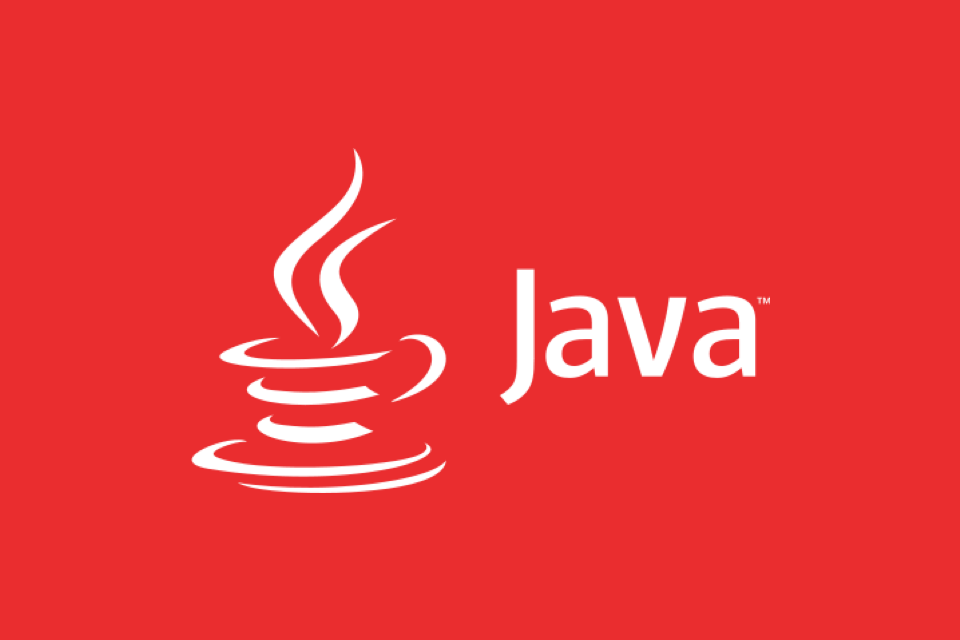How to implement security features using Java Cryptography Architecture (JCA)? The answers are as follows: 1. Select the appropriate provider, such as the built-in SUN, SunJCE or third-party Bouncy Castle (BC), and add Security.addProvider() according to your needs; 2. Use KeyPairGenerator to generate key pairs, such as RSA or EC algorithm; 3. Use Cipher class to perform encryption and decryption operations, pay attention to choosing the appropriate filling method; 4. Use MessageDigest to implement message digests, such as SHA-256 for data integrity verification; 5. Use KeyStore to manage keys and certificates, support JKS, PKCS12 and other types, and can store private keys and certificates to files. Mastering these steps allows you to flexibly apply JCA to handle encryption requirements in your project.

Java Cryptography Architecture (JCA) is a set of security frameworks provided by Java for encryption, decryption, signature and verification. It supports a variety of algorithms and providers, and can be flexibly integrated into various applications. If you need to implement security features in your Java project, it is helpful to understand the basic usage of JCA.

Below are some common and practical usage suggestions for developers who are new to JCA.
How to choose the right provider?
JCA is a Service Provider Interface (SPI) architecture that allows you to insert different encryption implementations. Common built-in providers include SUN , SunJCE and SunJSSE , and third parties such as Bouncy Castle (BC) are also commonly used.

- If you only do standard encryption operations, the default provider is generally enough.
- If you need richer algorithm support or stronger security (such as the Guose algorithm), you can consider adding extension providers such as BC.
- The method to add a Provider is usually:
Security.addProvider(new BouncyCastleProvider());
Note: Some providers need additional downloads and configurations into classpaths, such as Bouncy Castle.
How to write common encryption operations?
1. Generate a key pair (such as RSA)
KeyPairGenerator kpg = KeyPairGenerator.getInstance("RSA");
kpg.initialize(2048);
KeyPair kp = kpg.generateKeyPair();This code creates a 2048-bit RSA key pair. It can be replaced with other algorithms as needed, such as EC (elliptic curve).

2. Encryption and decryption
Use the Cipher class to encrypt and decrypt:
Cipher cipher = Cipher.getInstance("RSA/ECB/PKCS1Padding");
cipher.init(Cipher.ENCRYPT_MODE, publicKey);
byte[] encrypted = cipher.doFinal("secret".getBytes());Pay attention to the choice of filling methods, and the filling methods applicable to different algorithms are also different.
3. Message summary (Hash)
MessageDigest md = MessageDigest.getInstance("SHA-256");
byte[] hash = md.digest("data".getBytes());Suitable for data integrity verification and other scenarios.
Use KeyStore to manage keys
Java provides KeyStore tools to manage keys and certificates, especially suitable for enterprise-level applications.
- Create or load KeyStore:
KeyStore ks = KeyStore.getInstance(KeyStore.getDefaultType()); ks.load(null, null); // Create an empty keystore
- Add private key and certificate chain:
ks.setKeyEntry("alias", privateKey, password, certificateChain);- Store in a file:
try (FileOutputStream fos = new FileOutputStream("keystore.jks")) {
ks.store(fos, storePassword);
}KeyStore supports a variety of types, such as JKS (Java default), PKCS12 (with good cross-platform compatibility), etc.
Basically that's it. Once you master these basic content, you can start using JCA in your actual project to handle encryption requirements. Although it seems a bit complicated, it is not difficult to follow the steps.
The above is the detailed content of How to use the Java Cryptography Architecture (JCA)?. For more information, please follow other related articles on the PHP Chinese website!

Hot AI Tools

Undress AI Tool
Undress images for free

Undresser.AI Undress
AI-powered app for creating realistic nude photos

AI Clothes Remover
Online AI tool for removing clothes from photos.

Clothoff.io
AI clothes remover

Video Face Swap
Swap faces in any video effortlessly with our completely free AI face swap tool!

Hot Article

Hot Tools

Notepad++7.3.1
Easy-to-use and free code editor

SublimeText3 Chinese version
Chinese version, very easy to use

Zend Studio 13.0.1
Powerful PHP integrated development environment

Dreamweaver CS6
Visual web development tools

SublimeText3 Mac version
God-level code editing software (SublimeText3)
 Differences Between Callable and Runnable in Java
Jul 04, 2025 am 02:50 AM
Differences Between Callable and Runnable in Java
Jul 04, 2025 am 02:50 AM
There are three main differences between Callable and Runnable in Java. First, the callable method can return the result, suitable for tasks that need to return values, such as Callable; while the run() method of Runnable has no return value, suitable for tasks that do not need to return, such as logging. Second, Callable allows to throw checked exceptions to facilitate error transmission; while Runnable must handle exceptions internally. Third, Runnable can be directly passed to Thread or ExecutorService, while Callable can only be submitted to ExecutorService and returns the Future object to
 Asynchronous Programming Techniques in Modern Java
Jul 07, 2025 am 02:24 AM
Asynchronous Programming Techniques in Modern Java
Jul 07, 2025 am 02:24 AM
Java supports asynchronous programming including the use of CompletableFuture, responsive streams (such as ProjectReactor), and virtual threads in Java19. 1.CompletableFuture improves code readability and maintenance through chain calls, and supports task orchestration and exception handling; 2. ProjectReactor provides Mono and Flux types to implement responsive programming, with backpressure mechanism and rich operators; 3. Virtual threads reduce concurrency costs, are suitable for I/O-intensive tasks, and are lighter and easier to expand than traditional platform threads. Each method has applicable scenarios, and appropriate tools should be selected according to your needs and mixed models should be avoided to maintain simplicity
 Best Practices for Using Enums in Java
Jul 07, 2025 am 02:35 AM
Best Practices for Using Enums in Java
Jul 07, 2025 am 02:35 AM
In Java, enums are suitable for representing fixed constant sets. Best practices include: 1. Use enum to represent fixed state or options to improve type safety and readability; 2. Add properties and methods to enums to enhance flexibility, such as defining fields, constructors, helper methods, etc.; 3. Use EnumMap and EnumSet to improve performance and type safety because they are more efficient based on arrays; 4. Avoid abuse of enums, such as dynamic values, frequent changes or complex logic scenarios, which should be replaced by other methods. Correct use of enum can improve code quality and reduce errors, but you need to pay attention to its applicable boundaries.
 Understanding Java NIO and Its Advantages
Jul 08, 2025 am 02:55 AM
Understanding Java NIO and Its Advantages
Jul 08, 2025 am 02:55 AM
JavaNIO is a new IOAPI introduced by Java 1.4. 1) is aimed at buffers and channels, 2) contains Buffer, Channel and Selector core components, 3) supports non-blocking mode, and 4) handles concurrent connections more efficiently than traditional IO. Its advantages are reflected in: 1) Non-blocking IO reduces thread overhead, 2) Buffer improves data transmission efficiency, 3) Selector realizes multiplexing, and 4) Memory mapping speeds up file reading and writing. Note when using: 1) The flip/clear operation of the Buffer is easy to be confused, 2) Incomplete data needs to be processed manually without blocking, 3) Selector registration must be canceled in time, 4) NIO is not suitable for all scenarios.
 How Java ClassLoaders Work Internally
Jul 06, 2025 am 02:53 AM
How Java ClassLoaders Work Internally
Jul 06, 2025 am 02:53 AM
Java's class loading mechanism is implemented through ClassLoader, and its core workflow is divided into three stages: loading, linking and initialization. During the loading phase, ClassLoader dynamically reads the bytecode of the class and creates Class objects; links include verifying the correctness of the class, allocating memory to static variables, and parsing symbol references; initialization performs static code blocks and static variable assignments. Class loading adopts the parent delegation model, and prioritizes the parent class loader to find classes, and try Bootstrap, Extension, and ApplicationClassLoader in turn to ensure that the core class library is safe and avoids duplicate loading. Developers can customize ClassLoader, such as URLClassL
 Exploring Different Synchronization Mechanisms in Java
Jul 04, 2025 am 02:53 AM
Exploring Different Synchronization Mechanisms in Java
Jul 04, 2025 am 02:53 AM
Javaprovidesmultiplesynchronizationtoolsforthreadsafety.1.synchronizedblocksensuremutualexclusionbylockingmethodsorspecificcodesections.2.ReentrantLockoffersadvancedcontrol,includingtryLockandfairnesspolicies.3.Conditionvariablesallowthreadstowaitfor
 Handling Common Java Exceptions Effectively
Jul 05, 2025 am 02:35 AM
Handling Common Java Exceptions Effectively
Jul 05, 2025 am 02:35 AM
The key to Java exception handling is to distinguish between checked and unchecked exceptions and use try-catch, finally and logging reasonably. 1. Checked exceptions such as IOException need to be forced to handle, which is suitable for expected external problems; 2. Unchecked exceptions such as NullPointerException are usually caused by program logic errors and are runtime errors; 3. When catching exceptions, they should be specific and clear to avoid general capture of Exception; 4. It is recommended to use try-with-resources to automatically close resources to reduce manual cleaning of code; 5. In exception handling, detailed information should be recorded in combination with log frameworks to facilitate later
 How does a HashMap work internally in Java?
Jul 15, 2025 am 03:10 AM
How does a HashMap work internally in Java?
Jul 15, 2025 am 03:10 AM
HashMap implements key-value pair storage through hash tables in Java, and its core lies in quickly positioning data locations. 1. First use the hashCode() method of the key to generate a hash value and convert it into an array index through bit operations; 2. Different objects may generate the same hash value, resulting in conflicts. At this time, the node is mounted in the form of a linked list. After JDK8, the linked list is too long (default length 8) and it will be converted to a red and black tree to improve efficiency; 3. When using a custom class as a key, the equals() and hashCode() methods must be rewritten; 4. HashMap dynamically expands capacity. When the number of elements exceeds the capacity and multiplies by the load factor (default 0.75), expand and rehash; 5. HashMap is not thread-safe, and Concu should be used in multithreaded






